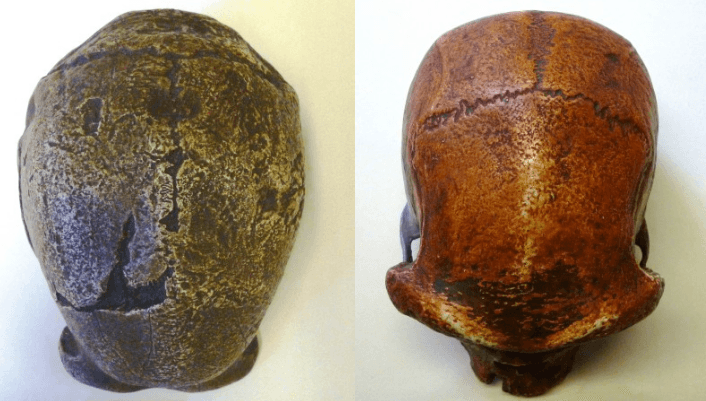If a salamander can grow back a limb, why can’t I?
By Julia R Deathridge, on 29 August 2017
Regeneration has been the deemed the “Holy Grail” of scientific and medical research: the ability to regrow a limb, replace damaged tissue and heal without scars would completely change the face of modern medicine. Whilst regeneration, on a large scale, still precludes us Homo sapiens, other members of the animal kingdom are light years ahead.
Not wanting to completely disregard humans, it is important so say that we are capable of a small degree of regeneration. We can heal the upper layer of our skin without scarring, regenerate parts of our gut lining, expand our liver to replace damaged parts, and can even regenerate the very tips of our fingers. However, if you go to the far left corner of the Grant museum you will come face to face with an axolotl salamander, whose regenerative powers are worthy of a science fiction character.
Like many salamander species, the axolotl has the remarkable ability of re-growing lost limbs. An axolotl’s leg can be amputated hundreds of times and it will continue to grow back perfectly! However, what makes axolotls so unique is that as well as regenerating their limbs they can also regenerate their jaw, tail, heart and spinal cord, all without scarring. If you want to find out more about the extraordinary features of the axolotl, read this post from the Grant Museums’ Specimen of the Week blog.
To recreate the limb the axolotl, and other salamander species, need to be able to regrow everything – bone, muscle, blood vessels, nerves – and all of this needs to be built from scratch. So, how do they do this?
Regeneration relies on the formation of highly pluripotent cells that have the capacity to develop into multiple cell types. These types of cells are known as stem cells, and they are the building blocks of all embryo development. As stem cells mature during development, they become restricted to a defined cell fate and lose the ability to become multiple cell types. However, salamanders, and other creatures that can regenerate, are able to revert defined cells, at the site of the lost limb, back to this immature stem-like state by a process known as de-differentiation. Once in an immature state these cells congregate together to form a blastema, which is capable of growing into all the different cell types of the missing limb
Despite our understanding the basic steps of regeneration, the intricacies of each step are extremely complicated and a lot of questions still remain unanswered. Imagine having to reconstruct an entirely new building from previously used disassembled building materials, without any blueprint or instructions. How would you know what to make and where each building material goes? This is the exact dilemma facing the cells of the regenerating limb, and how exactly they overcome this hurdle continues to puzzle scientists.
OK there are a lot of complex mechanisms involved – but surely if a simple salamander can regrow a limb we should be able to as well?
Well actually our increased complexity could be what’s stopping us from regenerating. All our cell behaviours need to be tightly regulated in order to maintain the function of our complex organ systems and prevent aberrant growth. If cells are reverted back to their immature state they will be more difficult to control and thus more likely to misbehave, which could result in the formation of a tumour or loss of organ function. With less complex animals, such as the salamander, these misbehaving cells are unlikely to inflict as much damage and cause as much of a problem.
Some researchers have proposed that we have the capacity to regenerate but, for unknown reasons, this mechanism was switched off during evolution. The theory is that if our genetic code allowed us to develop entire limbs and structures in the womb, then that information must still exist inside of us. It could be as simple as switching on a few genes and – hey presto – you’ve built yourself a limb! Furthermore, recent discoveries have identified genes involved in the regeneration process of the axolotl that are turned off in humans. Could these hold the key to regeneration?
Another theory is that it is easier for amphibians to regenerate, as they are cold blooded and therefore have fewer metabolic requirements. A salamander can hide away for months without eating, waiting for their limb to grow back. However, this would be a death sentence for mammals that would need to heal much faster in order to keep up with their metabolic demands. Moreover, the regeneration time of the axolotl is far from rapid, if humans were to regenerate at the same rate it would take up to 15-20 years to regrow a full limb! Therefore, alternative medical interventions are likely to provide a more pragmatic solution.
The axolotl and other salamanders are not the only animals that can regenerate. Hydras, starfish, flat worms, zebrafish, and even the African spiny mouse all have the capacity to regenerate themselves to a certain degree. So next time you encounter one of these creatures whilst exploring the Grant Museum, remember that although they may look simple these animals have science fiction powers that, right now, humans can only dream about.
 Close
Close

















